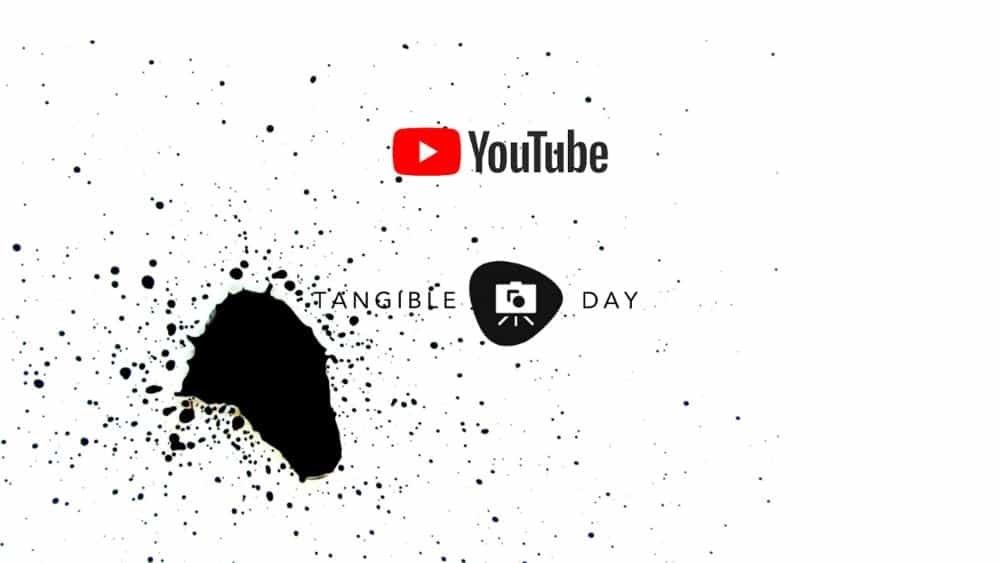Ever feel stuck? Creativity often comes in waves; especially for those of us in the creative industry. We can be on top of the world one day, and the next we’re questioning everything we’ve ever created. It’s normal to feel creatively stunted at some point in our lives–but that doesn’t mean we have to accept it. One way to jump start your creativity is by working within limitations. Whether it’s a limited color palette, a small canvas, or even a short time frame, these constraints can actually help spur your creativity.
In this article, I dig deep into my own experience with feeling creatively stunted, and how working within limitations helped me breakthrough. I explore the different ways that constraint can breed creativity, and offer some tips on how you can use this to your advantage the next time you’re feeling stuck.
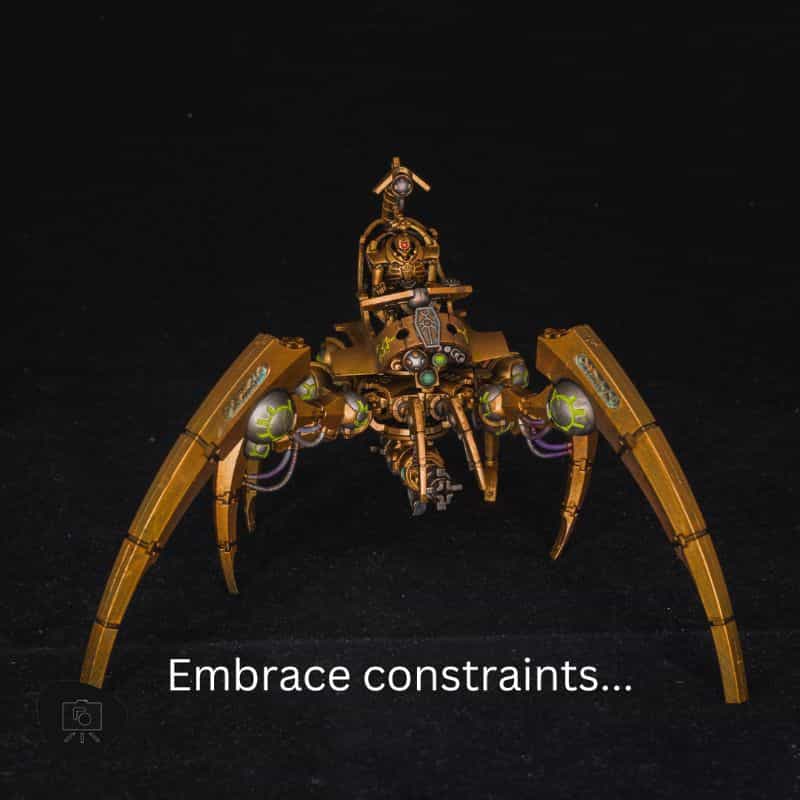
What is Your Limitation?
Time, money, or skill. These are the most common limitations we have as creative, intellectual people. And, unfortunately, they often coincide with one another. If you’re feeling creatively stuck, chances are it’s because one (or all) of these factors are at play.
Luckily, there are ways to work within these limitations and still produce creative work that you’re proud of. Here’s what I gather from my thoughts about being “stuck in a box”.
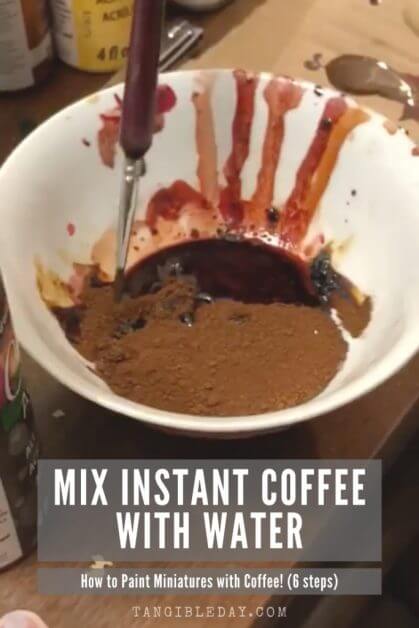
How to Leverage Time Limits
My biggest struggle is with time. I don’t have any. Or, it always seems I’m running low on time. Time is the one thing we can’t create more of–we only have 24 hours in a day, no matter how much we want or need more. This can be incredibly frustrating when trying to be creative; whether it’s coming up with new ideas, or actually executing them.
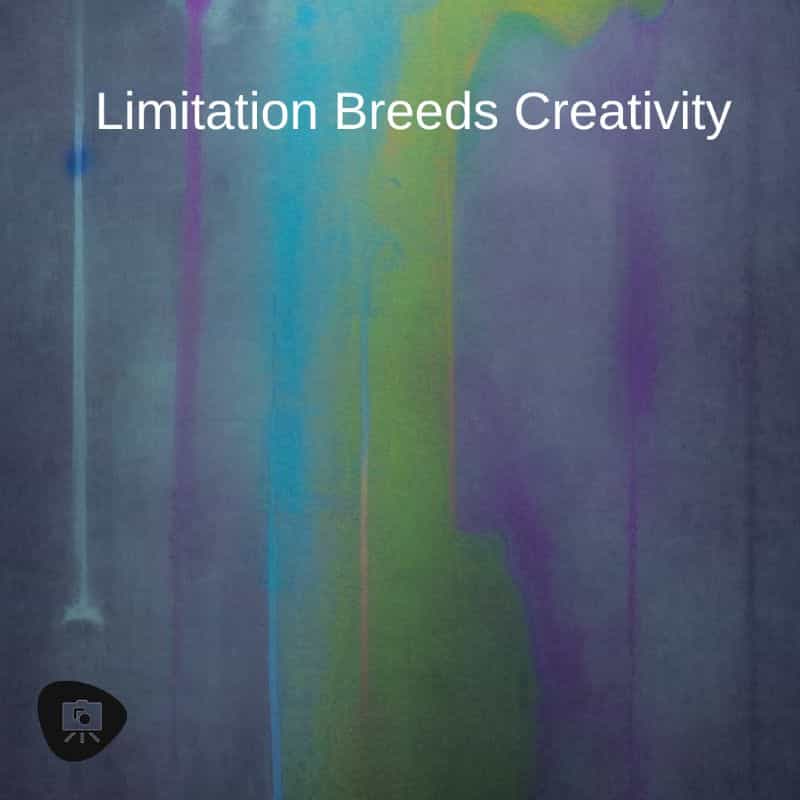
I’m a big advocate for taking the time to play and experiment. This is how we come up with new ideas, and how we learn what works and what doesn’t. But often when I’m feeling creatively stunted, I don’t have the luxury of time to just play around. I need to be productive, and fast.
Time limitations forced me to see things differently and speed paint. And, guess what? It worked! When called from on high to paint fast, I can crank up productivity and just get things done.
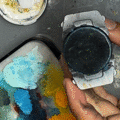
That huge Warhammer 40k army or bulk DnD miniature project I’m tasked with all of a sudden doesn’t seem so daunting when I have to finish it in a week. The key is not to give myself too much time to overthink things or get bogged down in the details.
Of course, when I was younger and didn’t have the obligations of a full-time job, family, and the daily battle against entropy, I could spend hours (days, even) painting without a care in the world. Nowadays? I’m lucky to get an hour or two here and there.
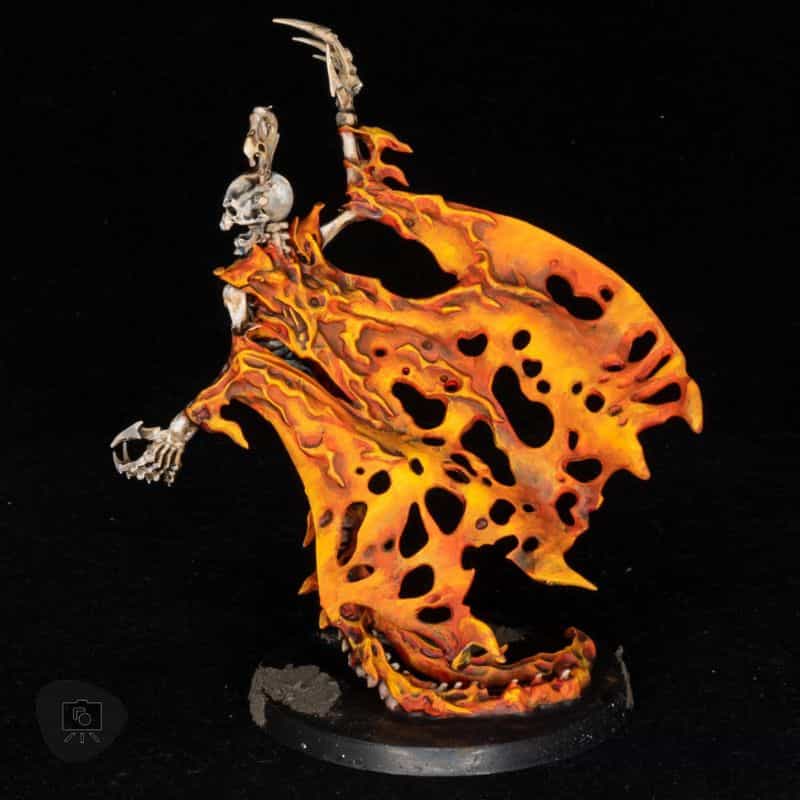
Overcome Money Problems with Creativity
When I wasn’t limited by time, I lacked resources. I didn’t have the financial means to use the best brushes, the variety of hobby paints, and the like to create my dream army. So I had to be creative with what I had on hand. I had to scrimp and save my hobby budget (here are a few budget tips I learned), including a few recycling hacks.
In this day and age, everything is more expensive. I get it. We all have to make a living, and our time is valuable. But, when it comes to creativity, our hobbies, and money can often be a limiting factor.
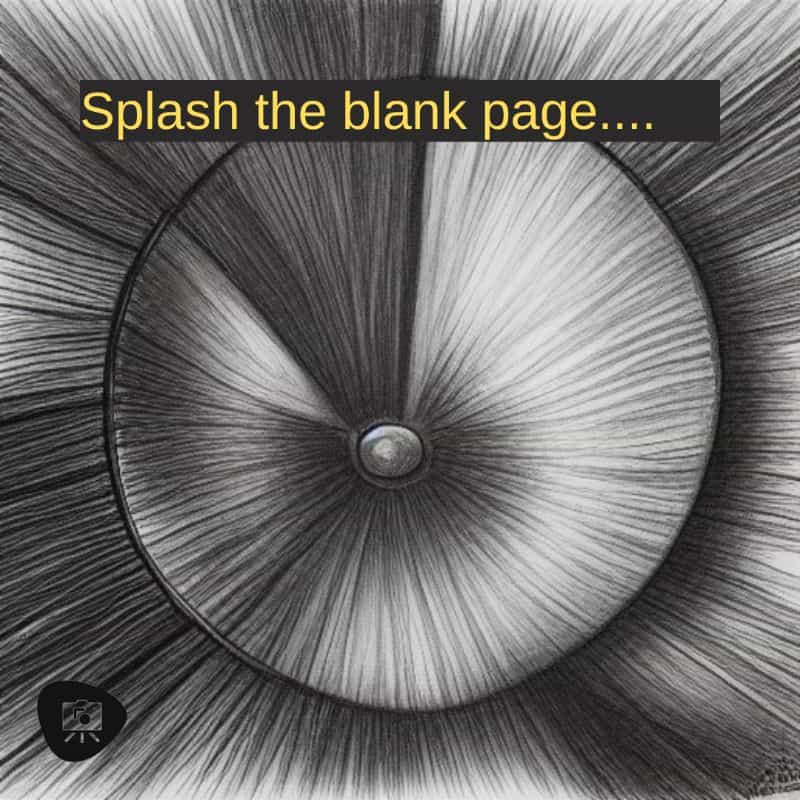
This is especially true if you’re just starting out, or don’t have a lot of disposable income. When I was first starting out in my miniature painting hobby, I didn’t have a lot of money to spend on paint, brushes, or models. So, I had to get creative with what I had.
I would scour eBay and other “used” marketplaces, e.g., Bartertown, for cheap or used minis to paint and game with. I would hit up my local game store’s clearance section. And, I would use whatever paints I had lying around the apartment.
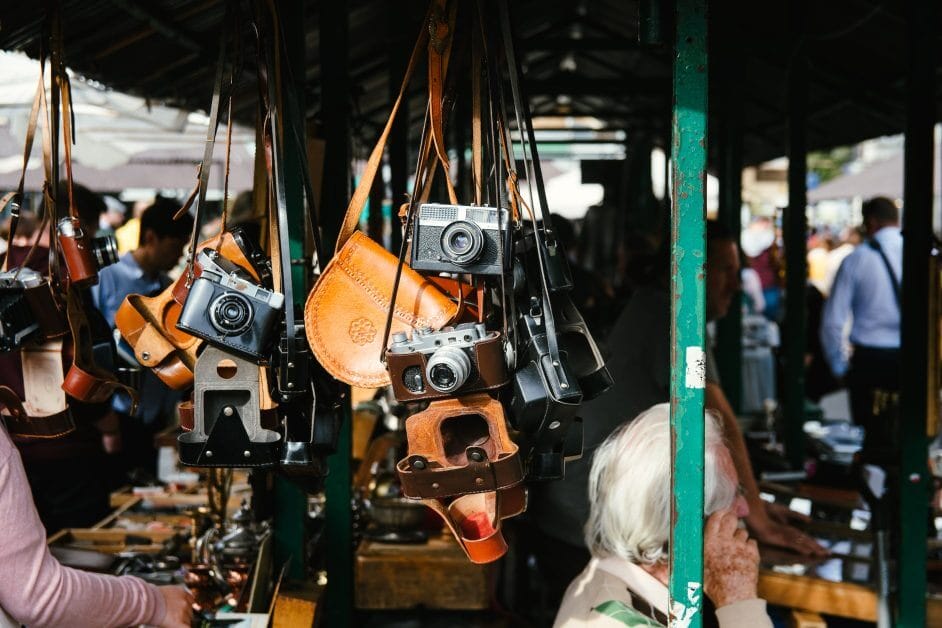
It wasn’t always the best quality, and it didn’t always look great, but I made do with what I had.
And that’s the key, isn’t it? To be creative with what you have. Because whether it’s time, money, or skill, we’re all limited in some way. It’s how we work within those limitations that define us as artists and hobbyists.
When I look back, I’m fairly confident and proud that I was able to accomplish much with little. A few of these images show you what you can do with only a few paints, and when you are forced to get creative within limits.
Skill Blocked? Get Over it, Play!
Every painter has a vision, an idea they want to manifest. It could be simple, like wanting to improve the way you paint a particular color or technique. It could be more complicated, like wanting to create an entire army from scratch that tells a story.
The key is to not get discouraged, and instead use your limitations as a springboard for creativity.
For myself, the hardest limitation to overcome is knowing that I’m not up to the task because I’m self-taught. Sure, I’ve taken a few art classes in college, or watched a ton of YouTube tutorials, but I still feel like I’m playing catch up.

There’s so much I want to do, but I’m just not able to because of my skill level or the techniques required. And, as mentioned above, nowadays I’m limited by the amount of time I can devote to painting and learning new things.
I’m not really someone who finds themselves overwhelmed looking at other peoples’ work. I don’t compare myself that way. Rather, I’m someone who has set high standards for myself. This, often, can lead to feelings of inadequacy.
I’m my own worst critic in this way. I can get bogged down, fail to start, or simply delegate things that I’m not confident in because I’m worried about not doing it “right.”

Here’s where I think there’s a solution that anyone can find helpful, regardless of skill level: PLAY.
What I mean is that you should find ways to enjoy the process, rather than focusing on the final product. Process, not product.
This can be difficult for people who want things to be “perfect”. But, the fact is, nothing is ever perfect. So why strive for something that doesn’t exist?
Instead, try to find the joy in painting, building, or whatever it is you do. And, most importantly, don’t take yourself too seriously. It’s just a hobby, after all. Have fun with it!
Why Limitation Breeds Creativity
Alright, let’s put all this together and why you should seek out limitations, embrace constraints, and why it can actually help you be more creative.
First, let’s start with a definition of creativity. To be creative is to produce something new and original. It’s about thinking outside the box, or taking a different perspective (source).
In other words, it’s about doing things differently. And that’s where limitations come in.
Because when you’re limited in some way, e.g., time, money, skill, etc., you’re forced to find new and creative ways to accomplish your goals.
Here’s a tangible example:
Have you ever had to cook a meal with leftovers you found in your near-empty refrigerator? One of my favorite cooking shows is Cutthroat Kitchen where TV contestants are tasked with making a tasty meal, often without some key ingredient or cooking tool.

It’s amazing to see the different ways they utilize what they do have to create a delicious dish. And, more often than not, the unique dishes made on Cutthroat Kitchen are better than ones where the contestants had everything they needed.
The same can be said for painters, modelers, and other hobbyists. When you’re limited in some way, you have to get creative. You have to think outside the box to find solutions.
And that’s where the real fun and satisfaction comes in. It’s not about painting or building the “perfect” model. Rather, it’s about using what you have to create something new and original.
Popular Works Produced with Limitations
Some of the most popular works of art, music, and literature were produced with limitations.
For example, Tchaikovsky’s Swan Lake was composed with a smaller orchestra in mind, yet it’s one of the most well-known ballets in the world.
Ray Bradbury wrote Fahrenheit 451 on an analog typewriter that didn’t have a delete button. He couldn’t go back and fix his mistakes, so he had to keep moving forward. The result is a classic novel about censorship.
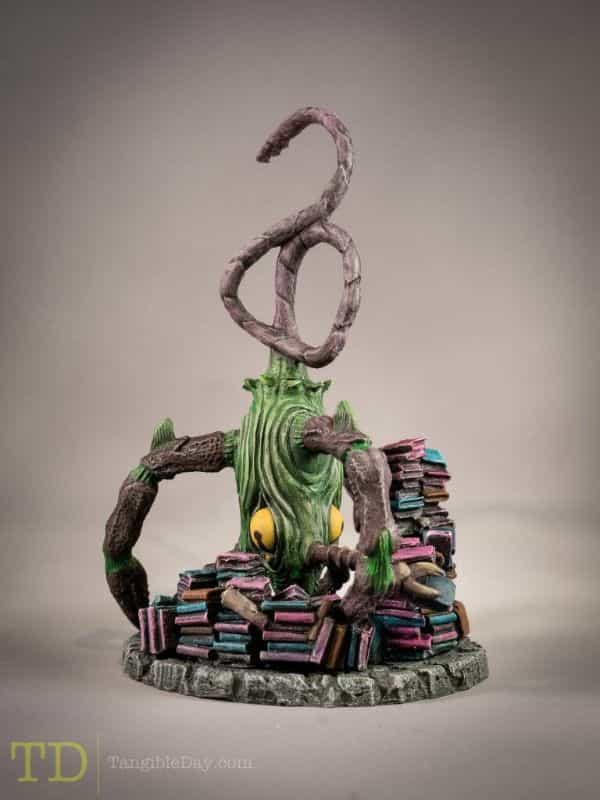
Serenity, a follow up movie to the cult-classic TV show, Firefly, was made with a limited budget. But, that didn’t stop the Joss Whedon from making an incredible film that’s beloved by fans.
It’s so cool to find examples of things that people thought wouldn’t work, or couldn’t work…but did.
More Examples of Limitations Breeding Success
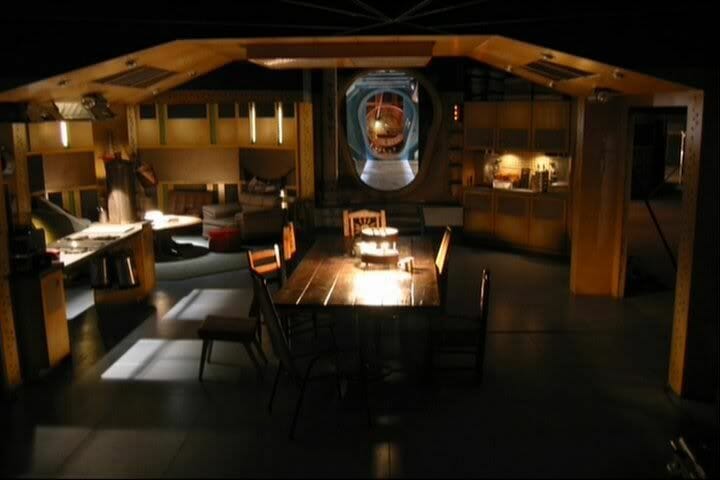
The Mona Lisa might be the world’s most famous painting, but da Vinci didn’t have many colors to work with. In fact, we discovered that he “recycled” older paintings by simply painting over them instead of wasting resources on new canvas.
Or take Van Gogh’s Starry Night. It’s one of the most recognizable paintings ever made, and it was done a very small color palette: blue, yellow, and white (plus black and gray).
The list goes on and on. J.K. Rowling wrote the first Harry Potter book while she was a single mom living on welfare (source). The novel was rejected by 12 different publishers before finally being accepted.
And look at where Rowling is now. She’s one of the most successful authors in the world.
So, next time you’re feeling limited or constrained in some way, remember that it could be the very thing that breeds creativity and produces something new and original. Embrace your limitations and let your mind flow.
Five Tips to Bring Ideas to Life
So, how do you work within your limitations and still be productive? How can you use time, money, or skill constraints to your advantage?
Here are a few tips:
1. Define Your Goals
The first step is to define your goals. What are you trying to accomplish? Once you have a clear goal in mind, it will be easier to find creative solutions to achieve it.
2. Brainstorm Solutions
Brainstorm solutions….This is where you let your mind run wild and come up with as many ideas as possible, no matter how crazy they might seem. The more ideas you have, the greater the chance of finding a creative solution.
3. Be Willing to Experiment
Be willing to experiment. Once you have a few ideas from brainstorming some solutions, it’s time to start putting them into action. Try different things and see what works. And don’t be afraid to fail. Failure is part of the creative process.
4. Be Persistent
Use grit and be persistent. The most successful people are usually the ones who don’t give up. They keep trying different things until they find a solution that works. So, if something doesn’t work, don’t give up. Keep looking for other ways to achieve your goal.
5. Find Inspiration
Finally, find inspiration in other creatives. There are endless examples of people who have overcome constraints to produce amazing works of art, music, literature, and more. Use their stories as motivation to keep pushing forward with your own creative projects.
Final Thoughts
I’ll admit, I’ve definitely hit my fair share of creative slumps. As a freelance writer, miniature painter, whatever, I often find myself feeling uninspired or stuck. But, what I’ve learned is that it’s important to keep moving forward.
The more you write, do stuff, the greater the chance of coming up with a good idea. And, if you’re feeling really stuck, try looking at things from a different perspective. Sometimes, all it takes is a change in perspective to find a new way to solve an old problem.
Now that I’m done writing this article…I’m going for a walk.
If you found this article helpful, please share it with your friends. Thanks for reading! Want more or have ideas to share? Leave me a comment below!
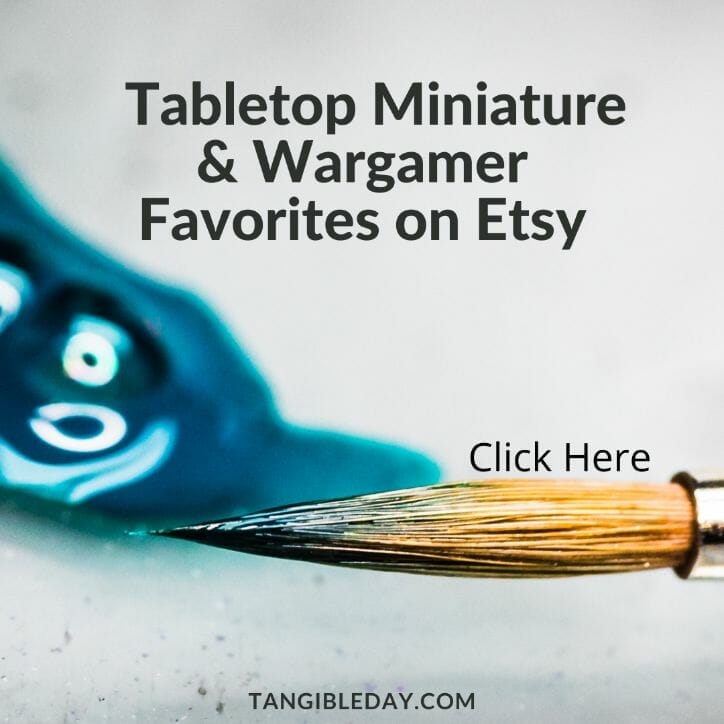
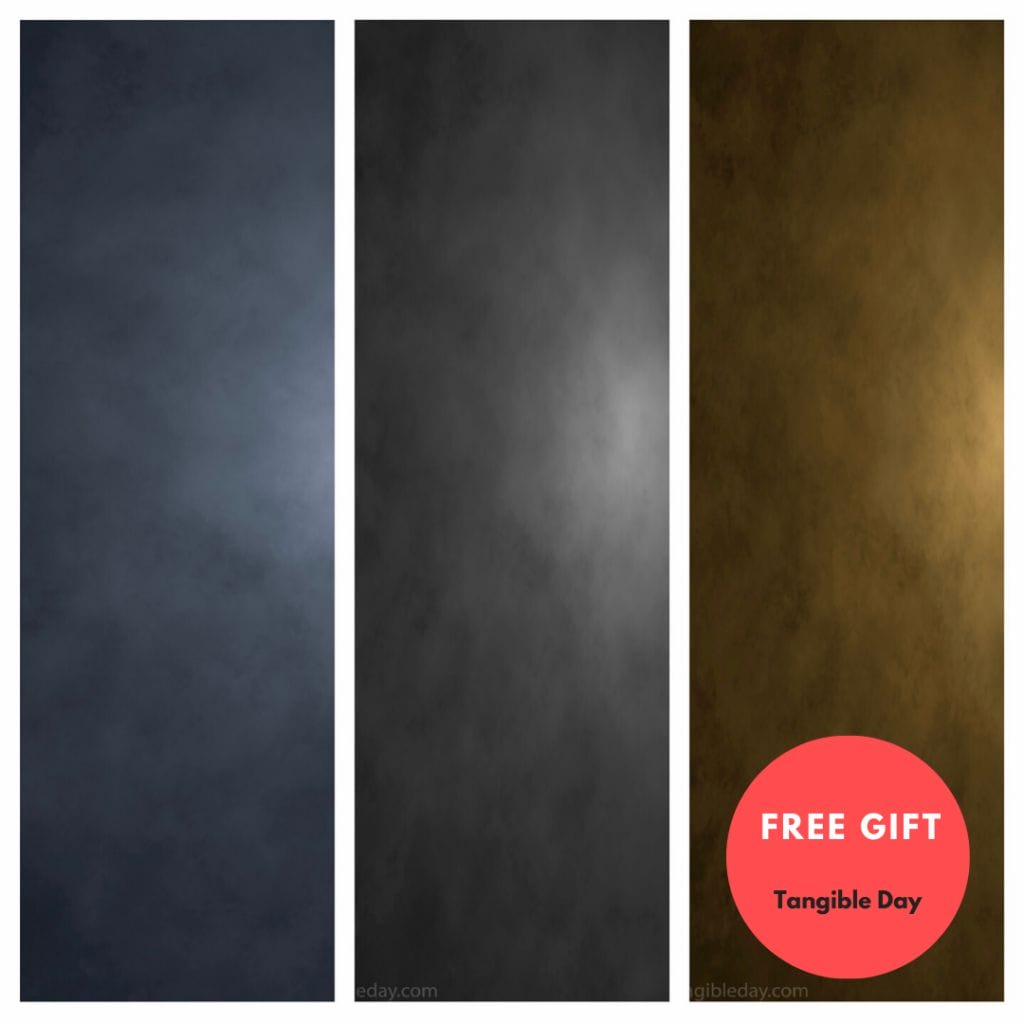
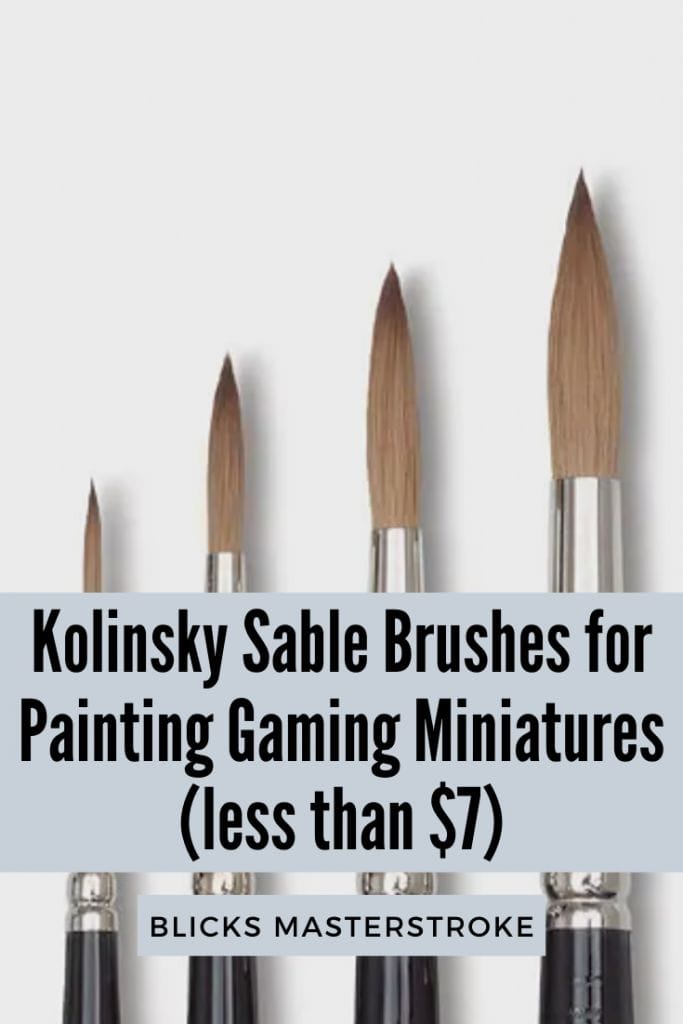



Tangible Day on YouTube (Miniatures and More!)
